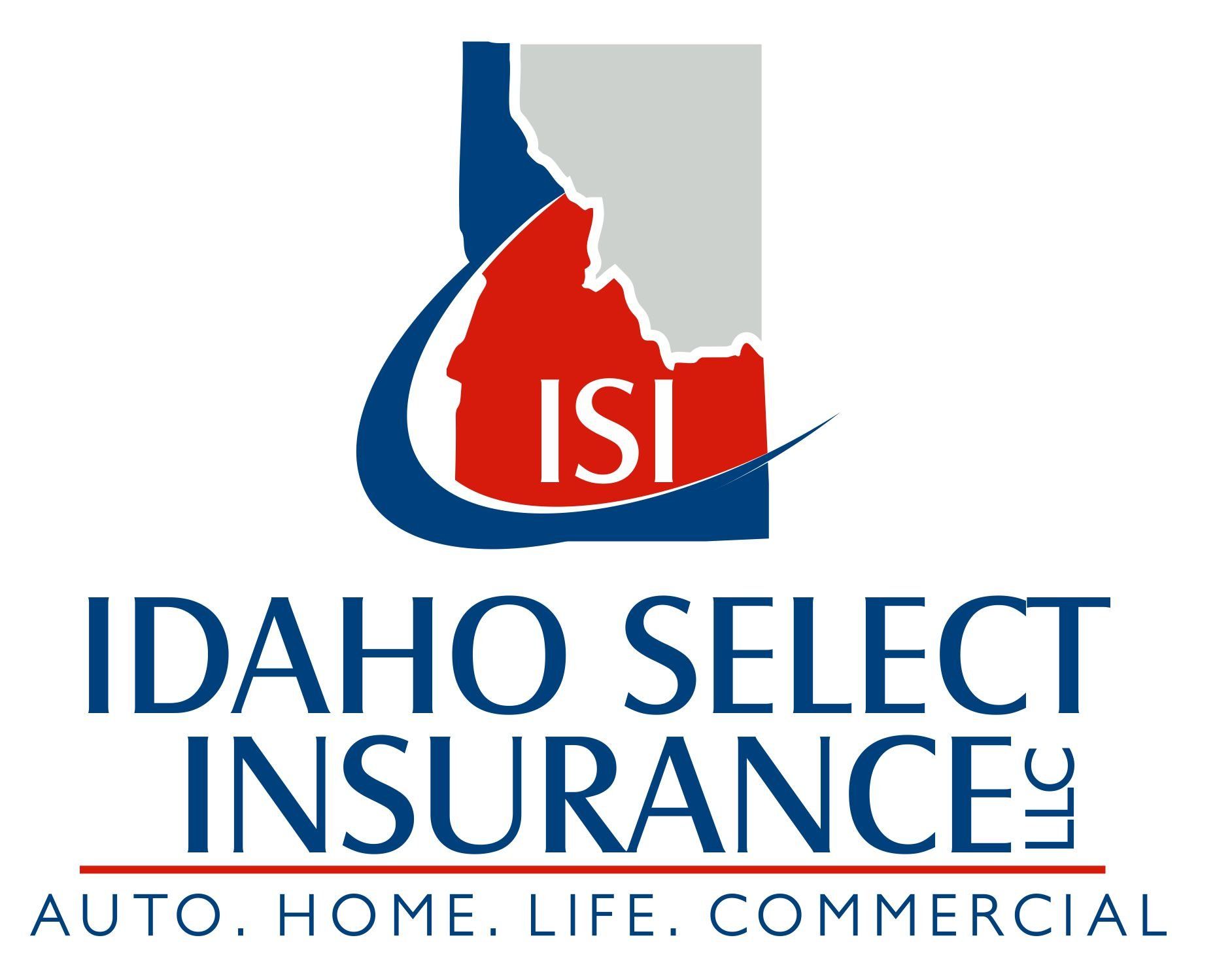10 Common Workplace Injuries Covered By Worker Compensation Insurance

Workplace injuries are a common occurrence that can happen in any industry. These injuries can lead to physical pain, emotional distress, and financial losses for employees and employers alike. Fortunately, worker's compensation insurance is in place to cover the medical costs and lost wages of workers who suffer workplace injuries.
In this article, Idaho Select Insurance will discuss 10 common workplace injuries that are covered by worker's compensation insurance. From slips and falls to occupational illnesses, we will explore the causes of these injuries, their impact on workers' health and safety, and how worker compensation insurance can help mitigate the negative effects of workplace accidents.
Both employees and employers can take action to make workplaces safer for everyone by being aware of these common workplace injuries and how worker compensation insurance policies address them.
Contact Us
We will get back to you as soon as possible.
Please try again later.
Key Takeaways
Workplace injuries such as slips, trips, and falls, overexertion and repetitive motion injuries, cuts, burns, and other traumatic injuries, vehicle accidents and transportation injuries, exposure to hazardous materials and substances, and ergonomic injuries are common and pose a significant risk to workers' safety.
Employers have a duty to provide a safe working environment for their employees and should implement preventative measures such as maintaining floors and walkways, providing proper lighting and signage, implementing ergonomic solutions, providing training programs on safe driving practices, and providing proper protective equipment when handling hazardous materials.
Worker compensation insurance covers medical costs and lost wages for workplace injuries, and employers who fail to provide a safe working environment may face significant liability issues. By prioritizing employee safety through preventative measures, companies can reduce the incidence of workplace injuries and create a safer and more productive work environment.
Slips, Trips, and Falls
Slips, trips, and falls are among the most common workplace injuries that can occur in any industry or occupation. These types of accidents can cause severe physical harm to employees, resulting in prolonged absences from work and high medical costs. Additionally, employers may face significant liability issues if they fail to provide a safe working environment for their employees.
To prevent slips, trips, and falls in the workplace, employers should implement various measures, such as regular maintenance of floors and walkways to ensure that they are free from hazards such as wet spots or loose floorboards. They should also provide proper lighting and signage to effectively identify potential hazards around the workplace. Furthermore, providing appropriate footwear with non-slip soles can help reduce the likelihood of an employee slipping on a wet surface.
By taking these preventative steps, employers can minimize the risk of injury and protect themselves from liability issues related to slip-and-fall accidents at work.
Overexertion and Repetitive Motion Injuries
In the realm of workplace hazards, physical strain resulting from overexertion and repetitive motion can be likened to a silent predator that gradually wears down an individual's musculoskeletal system.
These types of injuries are common in industries that require manual labor or prolonged periods of sitting and typing. Over time, these activities can lead to conditions such as carpal tunnel syndrome, tendinitis, and lower back pain.
A) Strains: Strains are injuries that affect muscles or tendons due to excessive force, stretching, or tearing. Lifting heavy objects, pushing or pulling, and awkward body positioning can contribute to strains.
B) Sprains: Sprains involve the stretching or tearing of ligaments, which are the tissues that connect bones. Twisting or sudden movements, such as slipping or falling, can lead to sprains.
C) Back Injuries: Back injuries are prevalent in workplaces that involve heavy lifting, repetitive bending, or improper posture. These injuries can range from muscle strains to more severe conditions like herniated discs.
D) Joint Injuries: Joint injuries can occur in various body parts, such as the knees, shoulders, or wrists. Overexertion, repetitive motions, or sudden impacts can lead to joint pain, inflammation, or even conditions like bursitis or tendinitis.
To prevent these injuries, companies should implement ergonomic solutions such as proper workstation setup, adjustable chairs and desks, and regular breaks to stretch and move around. Additionally, prevention strategies should include training for employees on proper lifting techniques and the importance of taking breaks throughout the workday. By prioritizing employee safety through preventative measures such as these, companies can reduce the incidence of overexertion and repetitive motion injuries in the workplace.
Cuts, Burns, and Other Traumatic Injuries
Traumatic injuries, such as cuts and burns, are common workplace injuries that can occur in various industries. These types of injuries pose a significant risk to workers' safety, especially when they involve sharp objects or hot surfaces. Cuts can range from minor paper cuts to severe lacerations that require medical attention. Burns can result from exposure to chemicals, electricity, or flames and can be first-degree, second-degree, or third-degree burns.
Employers must prioritize their employees' safety by implementing measures to prevent these types of accidents from occurring. They should provide training on the proper use of equipment and tools while also ensuring that all machinery is regularly maintained and inspected for any potential hazards.
Furthermore, employers should have a first aid kit readily available in case an injury occurs and implement emergency response procedures for more severe cases. By taking these precautions, employers can help mitigate the risks associated with traumatic injuries like cuts and burns in the workplace.
Vehicle Accidents and Transportation Injuries
Vehicle accidents and transportation injuries present a significant danger to employees in various industries. According to the Bureau of Labor Statistics, transportation incidents accounted for 40% of all fatal occupational injuries in 2019.
Driver fatigue is a common cause of transportation accidents. Long hours on the road or irregular shift schedules can lead to exhaustion, decreased reaction time, and poor decision-making skills, which increase the risk of collisions.
Distracted driving is another significant factor contributing to vehicle accidents at work. The use of cell phones while driving has become a growing concern across many industries as it diverts attention from the road. In addition, other distractions, such as eating or drinking while driving, can also impair drivers' abilities to react quickly to unexpected situations on the road.
To mitigate these risks, employers should provide training programs that educate employees about safe driving practices and encourage them to take breaks when necessary to avoid driver fatigue.
Occupational Illnesses and Exposure to Hazards
Exposure to hazardous materials and substances in the workplace can lead to various occupational illnesses that pose a threat to employee health and safety. Toxic exposure may occur through skin contact, inhalation, or ingestion of harmful chemicals and pollutants. Workers who handle these substances are at risk of developing respiratory problems, skin diseases, neurological disorders, cancer, and other chronic conditions. Examples of toxic substances commonly found in workplaces include asbestos, lead, benzene, pesticides, solvents, and heavy metals. Employers have a duty to provide workers with proper protective equipment such as gloves, masks, goggles, or respirators when handling these hazardous materials.
Ergonomic injuries are another type of common workplace injury covered by worker's compensation insurance. These injuries often occur due to repetitive motions or awkward postures that put stress on the body's muscles and joints. Jobs that require long hours of sitting or standing can also cause ergonomic injuries such as back pain or carpal tunnel syndrome. To prevent these types of injuries from occurring in the workplace employers must provide ergonomically designed furniture and equipment like chairs with lumbar support for those who sit for long periods of time; adjustable workstations or tables so employees can stand up while working; wrist supports for computer users; etc.
By providing workers with the necessary tools to maintain their physical health while on the job, employers can help reduce the incidence rate of ergonomic injuries, thereby contributing positively to employee retention rates, which eventually translate into higher productivity levels within an organization.
Get Informed with Idaho Workers Compensation Insurance
Worker's compensation insurance is a crucial safety net for both employees and employers in the event of workplace injuries. This type of insurance covers a variety of common injuries that can occur on the job, including slips, trips, and falls; overexertion and repetitive motion injuries; cuts, burns, and other traumatic injuries; vehicle accidents and transportation injuries; and occupational illnesses and exposure to hazards.
One anecdote that illustrates the importance of worker's compensation insurance involves a construction worker who fell from a scaffold while working on a building project. The fall resulted in serious injuries that required extensive medical treatment and rehabilitation. Without worker's compensation insurance, this worker would have been faced with mounting medical bills and lost wages due to time off work. However, thanks to the coverage provided by their employer's policy, they were able to receive the necessary care without financial hardship.
Data also shows the importance of worker's compensation insurance. In 2019 alone, there were nearly 2.8 million non-fatal workplace injuries reported in private industries in the United States. These incidents resulted in significant costs for employers in terms of lost productivity, increased healthcare expenses, and potential legal liabilities.
In conclusion, having adequate worker's compensation insurance coverage is essential for protecting both employees and employers from financial hardships resulting from workplace injuries. By understanding the common types of workplace injuries covered by these policies, such as slips, trips, and falls; overexertion and repetitive motion injuries; cuts, burns, or other traumatic injuries; vehicle accidents or transportation-related incidents; occupational illness; or exposure to hazardous materials, workers can feel more secure knowing they are protected if an accident occurs on the job.
Affordable Insurance With Personal Service - Local Agents & Brokers
CONTACT US
Phone: 208-515-2625
Email Us:
tony@idselectins.com
chris@idselectins.com
Meridian Office
3023 E Copper Point Dr. #203
Meridian, ID 83642
Boise Office: 9727 W Cory Ln Ste. 101
Boise, ID 83704
Insurance Services
Have Questions or Request A Quote
Contact Us
We will get back to you as soon as possible.
Please try again later.





